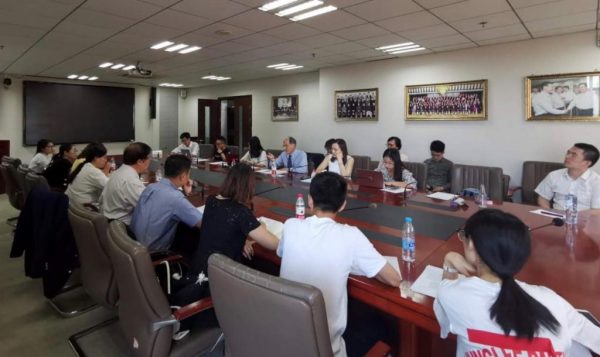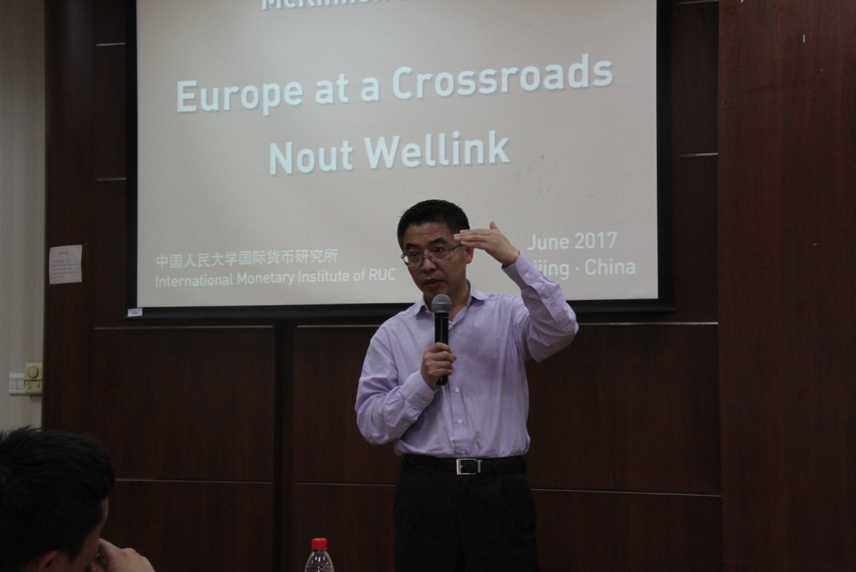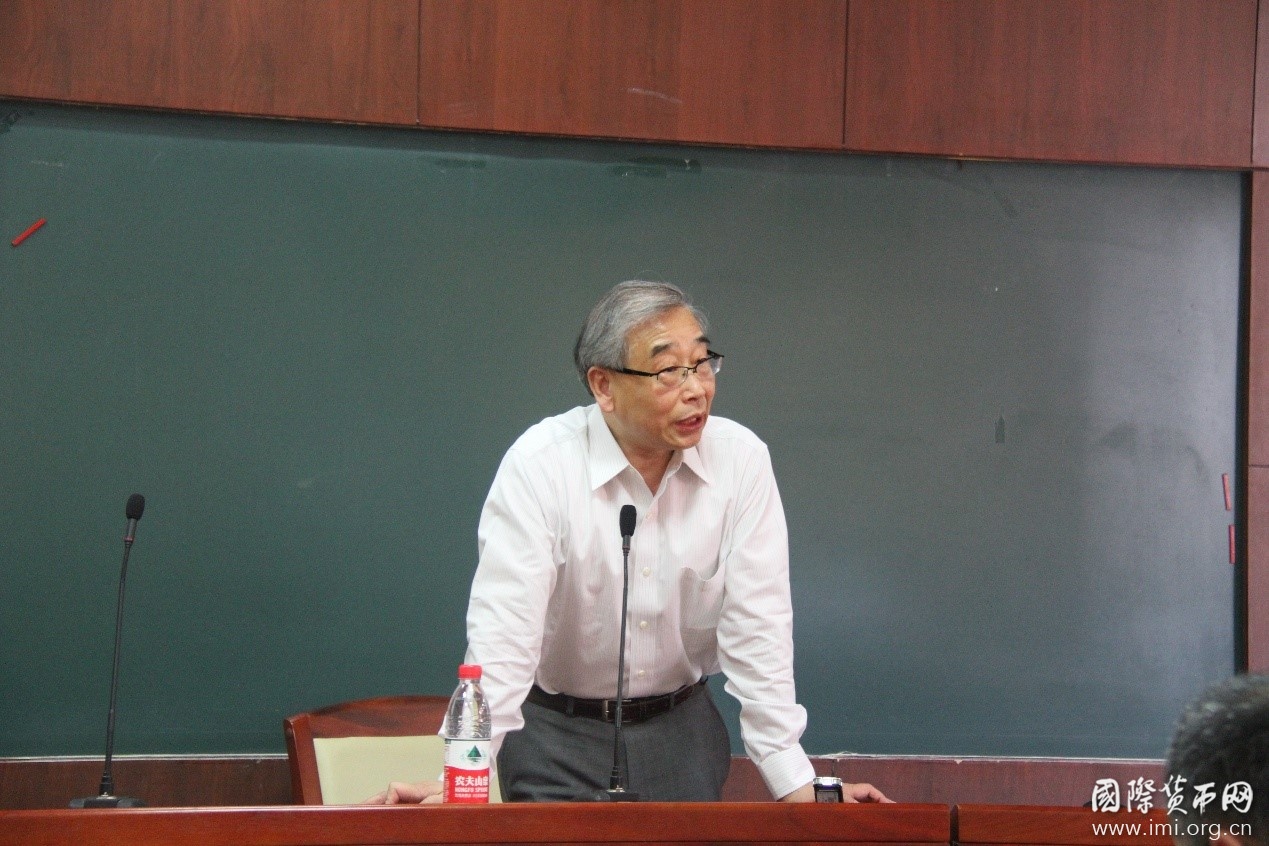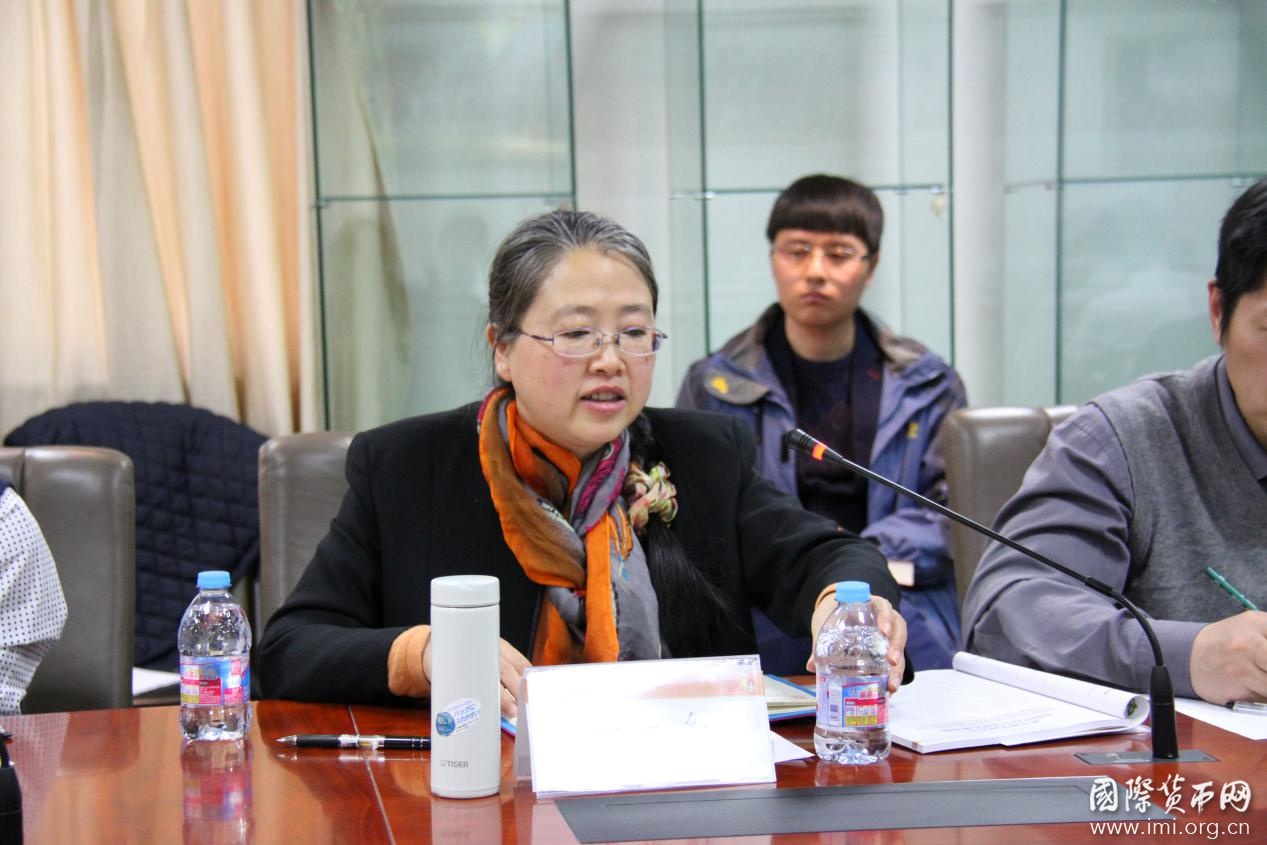McKinnon Lectures (No. 11): China's Economy—Explaining the Puzzle of High Growth and Low Productivity
2017-05-10 IMI In his speech, Mr. Wu first pointed out the mismatch of high growth rate and low productivity in China’s economy, and heput forward a logic chain,which has been tested by using data that reflect the performance of different economic sectors,to explainthis problem.While analyzing the relations between China’s low productivity and institutional impediments, Mr. Wu also shared some insights on the relationship between government intervention and market efficiency. In his opinion, in order to reach the unchallengeable growth target set by the government, the Chinese government often intervenes in the allocation of resources by providing various subsidies,and these administrative forces end up hindering competitive resource allocation, distorting the market, and lowering market efficiency. In theory, enterprises and industries that are subject to greater government intervention show lower efficiency. On the contrary, those with greater exposure to market competition enjoy higher efficiency. In empirical research, various subsidies have inflated the profits margins and China’s GDP growth, complicating the analysis of growth and efficiency. Therefore, statistics that reflect economic growth are inevitably skewed towards a politicized growth target.
Mr. Wu went on to briefly introduce his research methodology. By using the weighted sum methods, he extractedthe contribution of capital, labor and intermediate inputs and quantified them respectively, thus the effect of resourcerelocation to the total factor productivity (TFP) growth is unveiled. In terms of empirical research, Mr. Wu classified the economic sectors and came to a series of descriptive and analytical conclusions based on official statistics and some rigorousmathematical formulas. He noted that labor productivity growth lags behind capital deepening in every economic sector exceptfinished and semi-finished products sector that are closest linked to market. There is no sign of improvement after China's accession to the WTO, which implicates that China still relies on extensive growth. Then he conducted a comparativeanalysis betweennominal labor costs andreal labor output,marginal productivity of labor and labor remuneration. He then elaborated on the decline of labor productivity and the coexistence of underpayment and overpayment problems in the payment of costs. Mr. Wu found that the agricultural sector contributes the most to the TFP growth. After China's accession to the WTO, China has successfully relocated its farm labor and got a leg up in labor-intensive industries. However, the effects of capital relocation are somewhat negative.
In his speech, Mr. Wu first pointed out the mismatch of high growth rate and low productivity in China’s economy, and heput forward a logic chain,which has been tested by using data that reflect the performance of different economic sectors,to explainthis problem.While analyzing the relations between China’s low productivity and institutional impediments, Mr. Wu also shared some insights on the relationship between government intervention and market efficiency. In his opinion, in order to reach the unchallengeable growth target set by the government, the Chinese government often intervenes in the allocation of resources by providing various subsidies,and these administrative forces end up hindering competitive resource allocation, distorting the market, and lowering market efficiency. In theory, enterprises and industries that are subject to greater government intervention show lower efficiency. On the contrary, those with greater exposure to market competition enjoy higher efficiency. In empirical research, various subsidies have inflated the profits margins and China’s GDP growth, complicating the analysis of growth and efficiency. Therefore, statistics that reflect economic growth are inevitably skewed towards a politicized growth target.
Mr. Wu went on to briefly introduce his research methodology. By using the weighted sum methods, he extractedthe contribution of capital, labor and intermediate inputs and quantified them respectively, thus the effect of resourcerelocation to the total factor productivity (TFP) growth is unveiled. In terms of empirical research, Mr. Wu classified the economic sectors and came to a series of descriptive and analytical conclusions based on official statistics and some rigorousmathematical formulas. He noted that labor productivity growth lags behind capital deepening in every economic sector exceptfinished and semi-finished products sector that are closest linked to market. There is no sign of improvement after China's accession to the WTO, which implicates that China still relies on extensive growth. Then he conducted a comparativeanalysis betweennominal labor costs andreal labor output,marginal productivity of labor and labor remuneration. He then elaborated on the decline of labor productivity and the coexistence of underpayment and overpayment problems in the payment of costs. Mr. Wu found that the agricultural sector contributes the most to the TFP growth. After China's accession to the WTO, China has successfully relocated its farm labor and got a leg up in labor-intensive industries. However, the effects of capital relocation are somewhat negative.
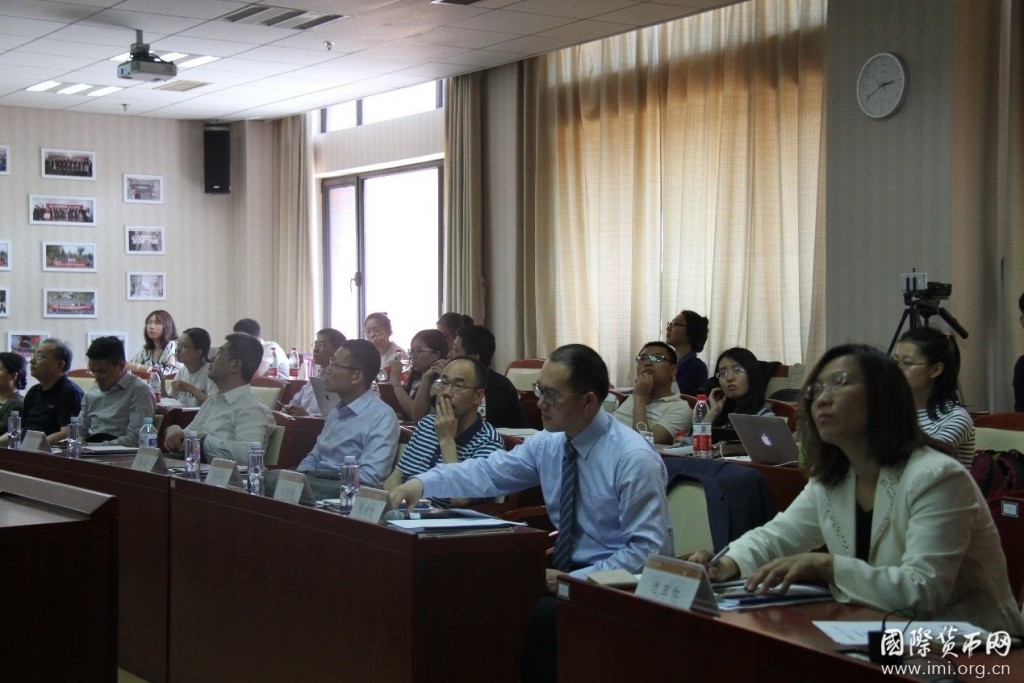 In the Q&A section, Mr. Wu engaged in discussion with other guests on the following topics: the influence of adjusting the standards for collecting data and research methods on the research results; how to quantify the impact of administrative forces and their dynamic changes in various sectors; the relations between scientific and technological progress and institutional reform; comparative analysis of economic efficiency between China and other economies; and so on.
In the Q&A section, Mr. Wu engaged in discussion with other guests on the following topics: the influence of adjusting the standards for collecting data and research methods on the research results; how to quantify the impact of administrative forces and their dynamic changes in various sectors; the relations between scientific and technological progress and institutional reform; comparative analysis of economic efficiency between China and other economies; and so on.
